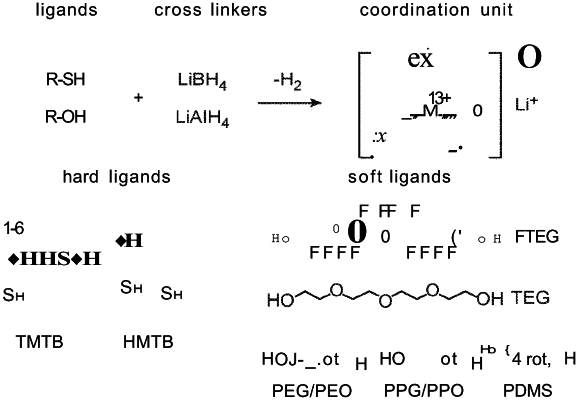| CPC H01M 4/667 (2013.01) [H01M 4/134 (2013.01); H01M 10/0565 (2013.01)] | 20 Claims |

|
1. An anode comprising:
a current collector; and
an interfacial layer disposed over the current collector,
wherein the interfacial layer includes an ion-conductive organic network including anionic coordination units, organic linkers bonded through the anionic coordination units, and counterions dispersed in the ion-conductive organic network.
|